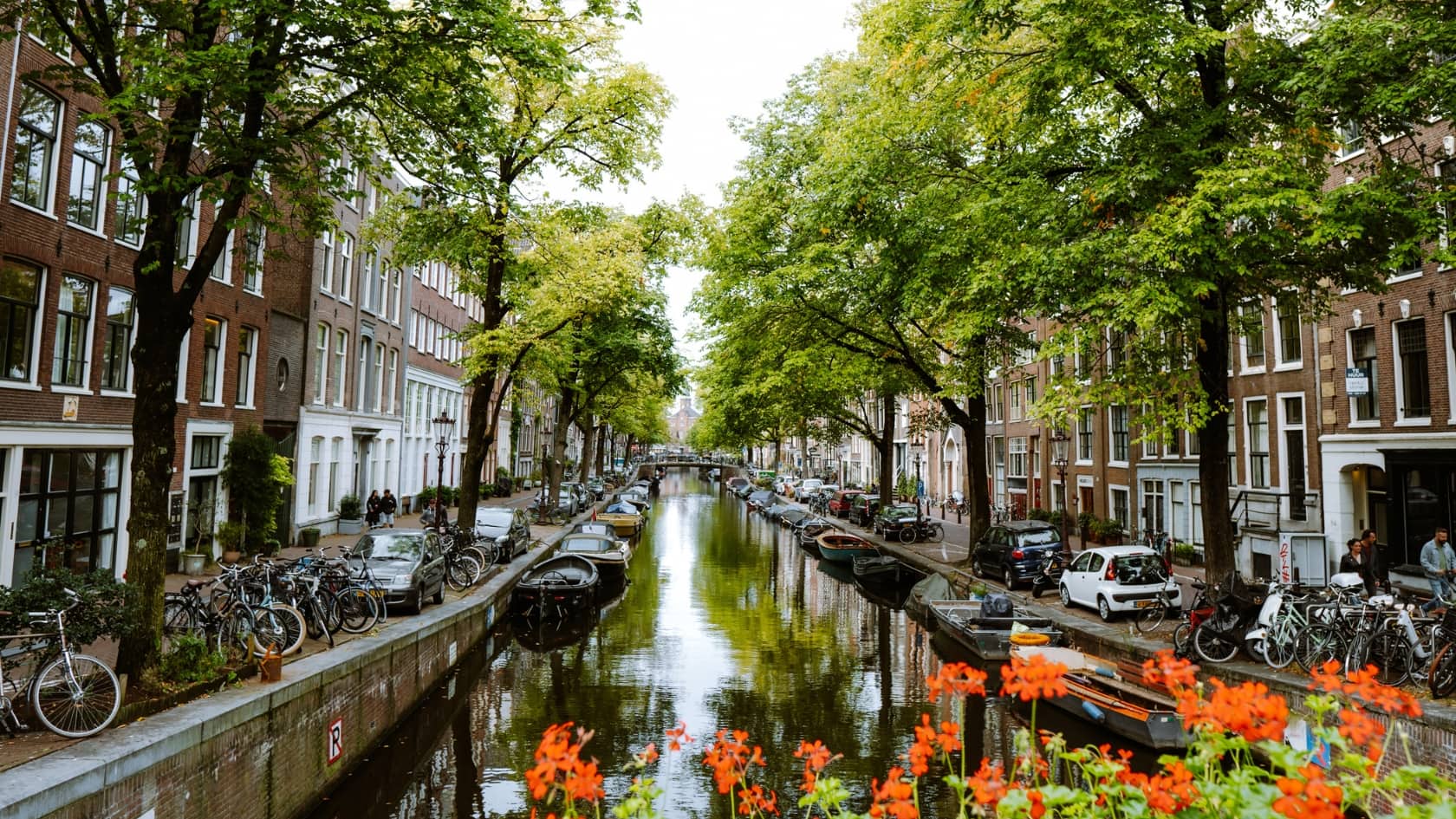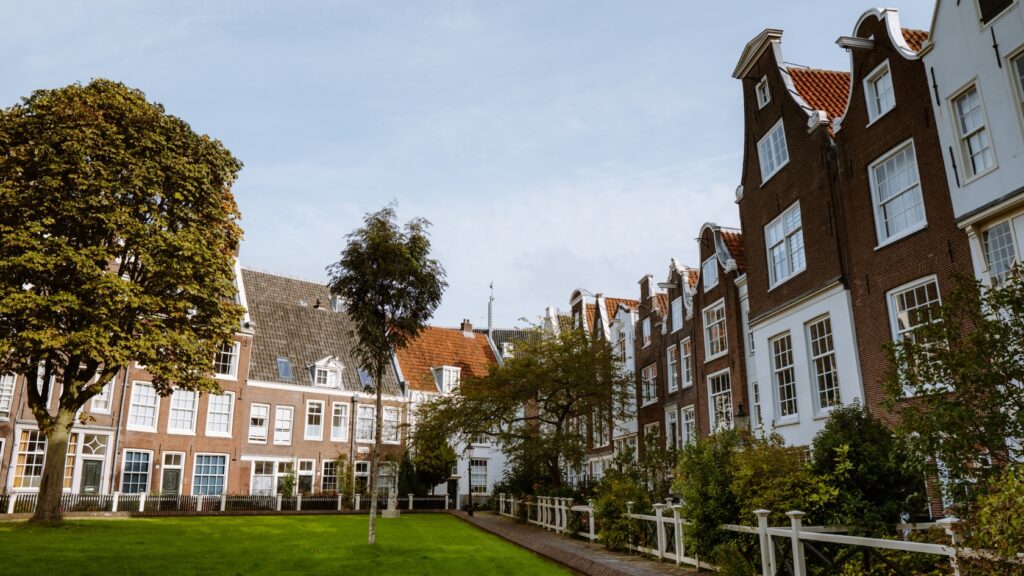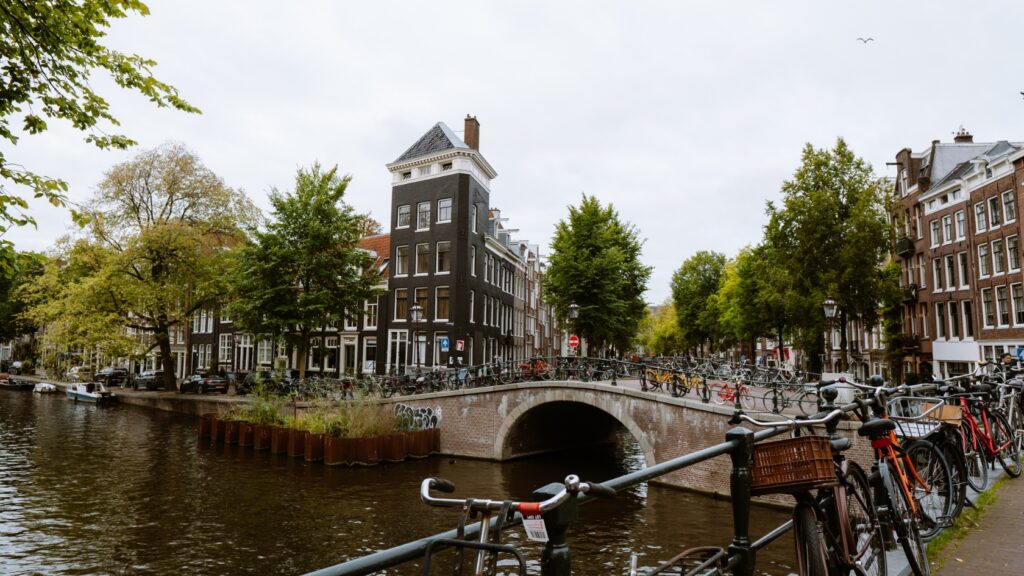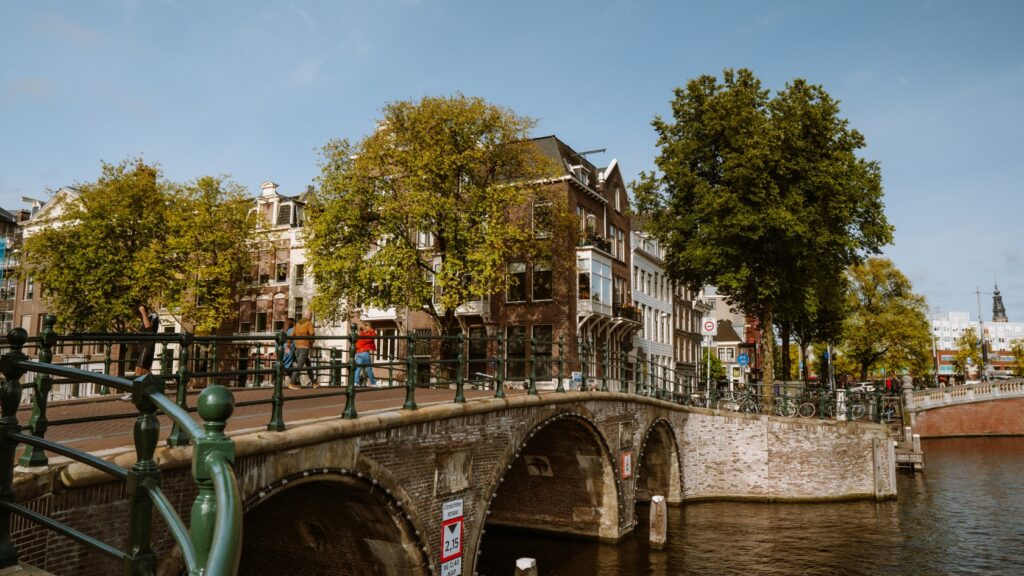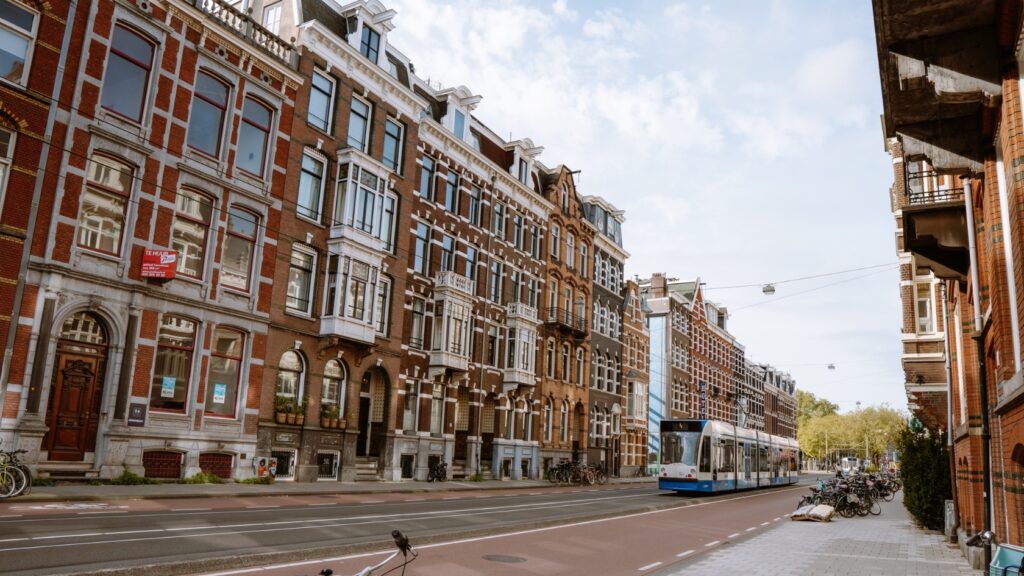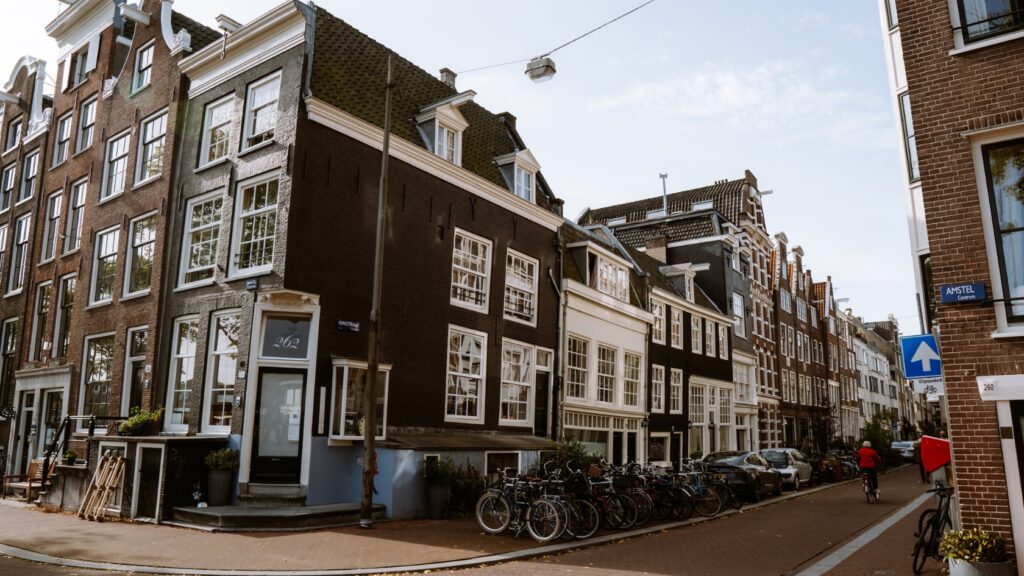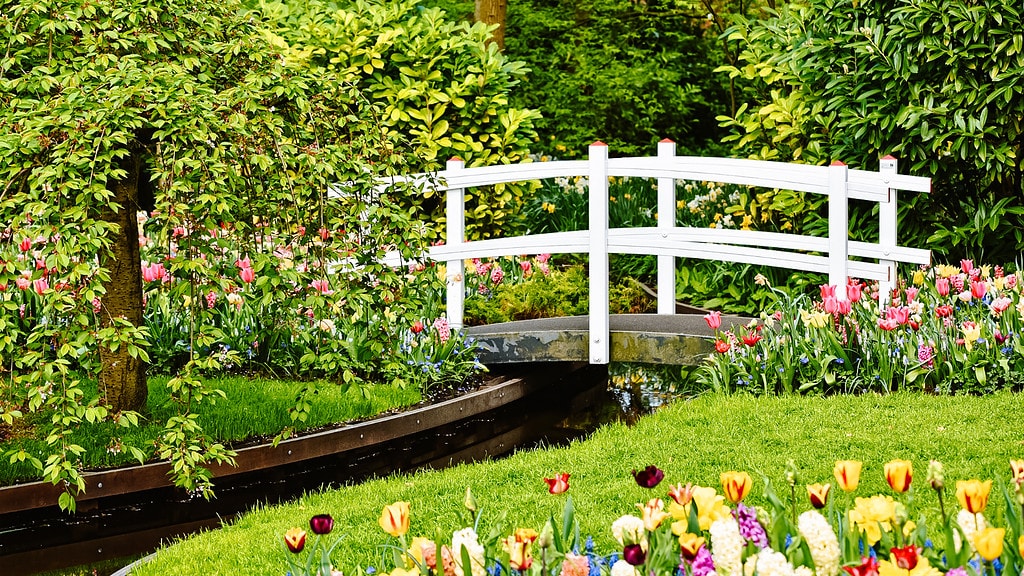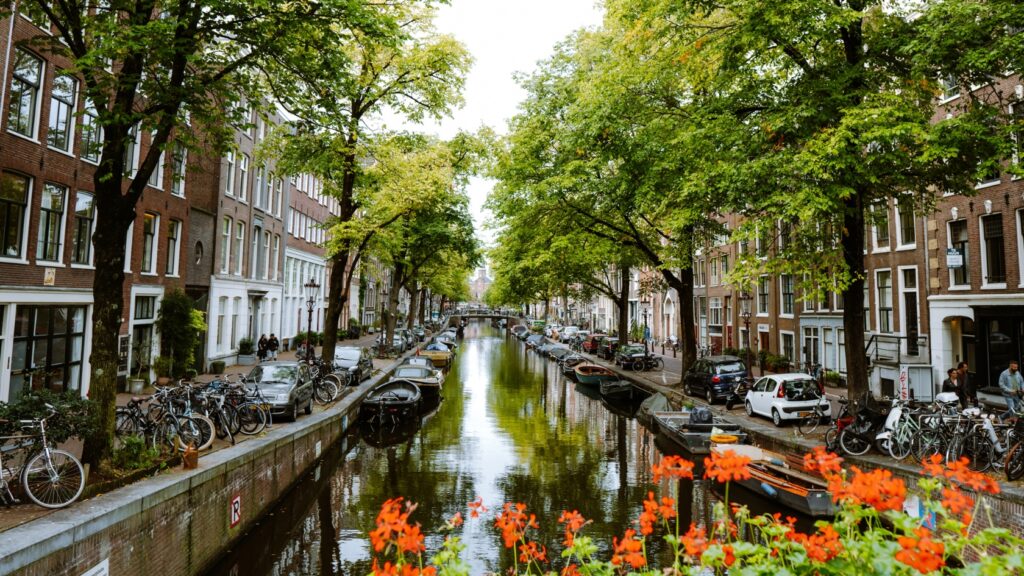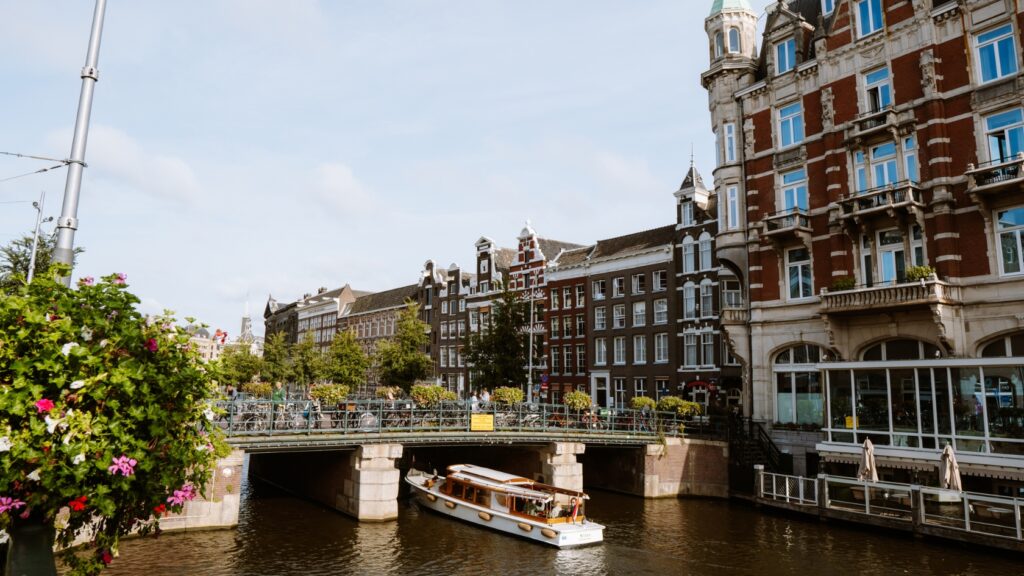TRAVEL GUIDE FOR NETHERLANDS
Discover the Netherlands, the land of flower gardens and traditional windmills. From the lowland polders, which demonstrate the masterpiece of Dutch water engineering, to historic cities with stunning canals such as Amsterdam, Utrecht and The Hague.
AMSTERDAM
AMSTERDAM PASS: How to save in Amsterdam? (2024)
The Amsterdam Pass includes admission to the most popular sights, museums and attractions…
3 days in Amsterdam: Itinerary of what to see in Amsterdam (+ map)
Amsterdam enchanted me with its atmosphere. Friendly, warm and calm. You feel so…
28 Things to do in Amsterdam (2024): Best places to visit (+ map)
Looking for the best places to visit in Amsterdam? Check out the things…
Transport in Amsterdam: Everything you need to know before travelling to Amsterdam
In this guide to transport in Amsterdam, we look at everything you need…
Schiphol Airport in Amsterdam: How to get to the center, bus, train (2024)
Amsterdam Schiphol Airport, often referred to simply as Schiphol, is the main international…
16 Things to do in Amsterdam with kids: How to enjoy perfect trip to Amsterdam
Are you planning to visit Amsterdam with kids? This guide will help you…
1 day in Amsterdam (+ map): How to plan perfect day in Amsterdam?
Amsterdam, a magical place with even more magical canals and streets where you…
11 Best hotels in Amsterdam for every budget (+ map)
Whether you come to Amsterdam to soak up the art scene, enjoy delicious…
USEFUL INFORMATION
When to visit the Netherlands
The Netherlands is a great destination all year round. Here is an overview of what you can expect in each period:
Spring (March to May): Spring is one of the best times to visit the Netherlands, especially for the tulips in bloom. Keukenhof, the largest flower park in the world, opens its gates from the end of March to May and presents millions of flowers in their full glory. Spring weather is also ideal for sightseeing and cycling along the countless cycle paths through the picturesque countryside.
Summer (June to August): Summer brings warmer weather and long sunny days. Pack your swimsuit and enjoy the North Sea on Dutch beaches or popular boat trips along the coast and canals. In summer, the towns come alive with festivals, outdoor markets and concerts.
Autumn (September to November): Autumn in the Netherlands is characterised by changeable weather and beautifully coloured landscapes. Autumn in the Netherlands is a little quieter than summer. Enjoy walks along the canals or visit the main tourist attractions.
Winter (December to February): Winter in the Netherlands can bring cold and wet weather, but also a unique atmosphere, especially during the Christmas holidays when the cities are aglow with decorations and Christmas markets. Enjoy ice skating on the outdoor rinks, and if the weather permits, take to the frozen canals. Winter is also a great time to visit the museums and galleries or the cosy cafés for which the Netherlands is famous.
Transport in the Netherlands
Public transport
Public transport in the Netherlands is highly efficient and extensive, making it easy to travel around the country. The system comprises trains, buses, trams and ferries that are integrated to provide smooth and convenient transfers between and within cities.
Dutch Railways (NS) operates fast and reliable train connections between major cities and regions, making it easy to get from Amsterdam to Rotterdam or The Hague, for example.
The extensive train network is complemented by intercity buses, which provide an affordable and convenient alternative. One of the main intercity bus companies is FlixBus, which offers extensive connections not only within the Netherlands but also to neighbouring countries. In addition to Flixbus, there are also national bus services in the Netherlands that connect less accessible areas.
For easy travel planning and payment for public transport in the Netherlands, you can use a single electronic ticketing system known as OV-chipkaart. This card allows seamless transfers between different modes of transport across the country. It also includes an app with up-to-date timetable information and the ability to plan and optimise journeys. You can simply buy an OV-chipkaart at the station or at the metro station, where you can also recharge it if necessary.
By car in the Netherlands
The road network in the Netherlands is one of the densest and best maintained in Europe, making it easy and convenient to travel by car throughout the country.
The motorway network in the Netherlands is extensive and allows fast movement between cities and regions. Most motorways are free of charge, except for a few tunnels and bridges where tolls are charged. In some cases, you can also use electronic systems to pay tolls, so you don’t have to stop along the way.
Maximum speed limits in the Netherlands are set at 130 km/h on motorways, 100 km/h on main roads outside towns and 50 km/h in urban areas, unless otherwise stated.
Parking in the Netherlands is well organised, but in big cities like Amsterdam, Rotterdam or Utrecht, finding a parking space can be a challenge and is often charged for. P+R car parks on the outskirts of cities are a popular and affordable option for those who want to visit city centres without having to park directly in them. These car parks are often connected to public transport, allowing easy access to the city centre.
Culture and tradition in the Netherlands
Culture
Culture in the Netherlands is rich and diverse, reflecting the long history of commerce, art and tolerance that are deeply rooted in Dutch society.
The Netherlands has a long tradition of art and thought, as evidenced by the works of world-famous painters such as Rembrandt, Vermeer and Van Gogh. The country is also known for its openness and tolerance of different lifestyles and opinions, contributing to a vibrant and diverse cultural scene.
In addition to the visual arts, the Netherlands excels in architecture, design and literature, and is home to renowned music festivals and cultural events.
Traditions and festivals
One of the best known and most distinctive traditions in the Netherlands is the feast of St Nicholas, known as Sinterklaas, which takes place every year in early December. This celebration involves the arrival of Sinterklaas, who is depicted as a kindly old man in bishop’s robes, from Spain on a steamer, accompanied by his helpers called “Pieti”. Children all over the country leave their shoes by the fireplace or at the door, hoping to find small gifts and sweets when they wake up in the morning.
Another important tradition is Koningsdag (King’s Day), which is celebrated on 27th April and is a public holiday in honour of King Willemm-Alexander’s birthday. On this day, the whole of the Netherlands is bathed in orange, the national colour. The streets, canals and squares of the cities are transformed into huge outdoor markets (vrijmarkt) where people sell second-hand goods and host various outdoor activities, games and concerts. The Koningsdag is an expression of national pride and unity that shows the openness and hospitality of Dutch culture.
Traditional celebrations also include New Year’s Eve celebrations with fireworks and the tradition of jumping into the ice-cold waters of the North Sea on New Year’s Day, and Tulip Season in April when the tulip fields are in full bloom.
Typical dishes in the Netherlands
Cuisine in the Netherlands is rich and varied, influenced by the country’s geographical location and its trading history, which has brought influences from all over the world. Each region in the country offers its own unique specialities, from cheeses to seafood and innovative desserts.
Typical and popular dishes you can taste in the Netherlands include:
- Stamppot: A traditional Dutch dish consisting of mashed potatoes mixed with various vegetables such as kale or spinach, often served with sausage or roast meat.
- Poffertjes: Small, fluffy pancakes served with butter and sprinkled with icing sugar.
- Haring: Dutch way of preparing raw herring, usually served with chopped onions and cucumber pieces. It’s a popular street snack.
- Gouda: One of the most famous Dutch cheeses, named after the town of Gouda. Cheeses in general are very popular in the Netherlands – from mild to spicy, there is something for everyone here.
- Bitterballen: Balls of beef ragout, coated in breadcrumbs and fried, a popular accompaniment to Dutch beer or as part of a ‘borrel’, a traditional Dutch aperitif.
- Jenever: A traditional Dutch gin that is often served as an aperitif. It has a long history and is considered the forerunner of modern gin.
- Drop: Dutch liquorice candies, which are very popular in the Netherlands and come in many varieties, from sweet to extremely salty.
Dutch cuisine emphasises seasonality and freshness of ingredients, with a growing interest in local and sustainably produced food. Beer and cider are popular beverages. Tap water in the Netherlands is safe to drink and is one of the best quality in the world.
Across the country, you’ll find excellent businesses, restaurants and bars that are a joy to discover. The food is great and there are often queues at popular places.
Tipping in restaurants is not compulsory, but it is customary to round up the bill or leave a small tip if you were satisfied with the service. It is usually around 5-10% of the total amount.
☞ See all destinations.
